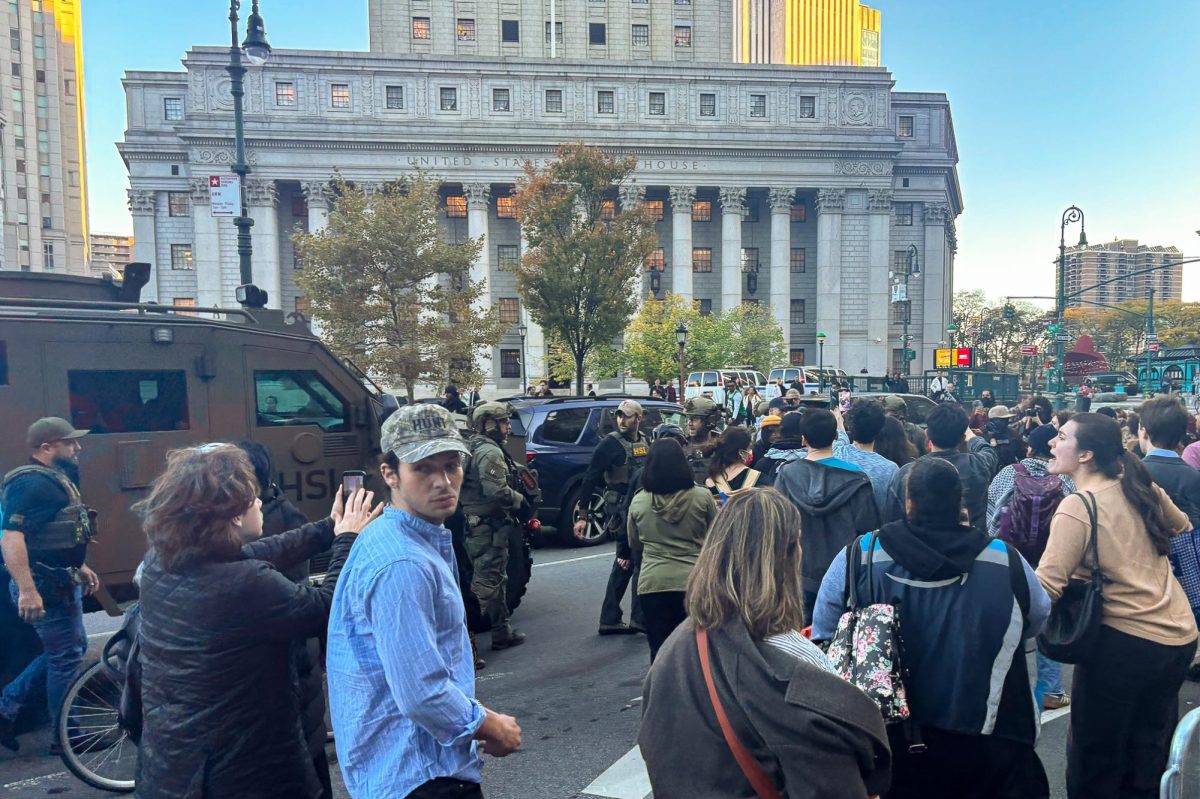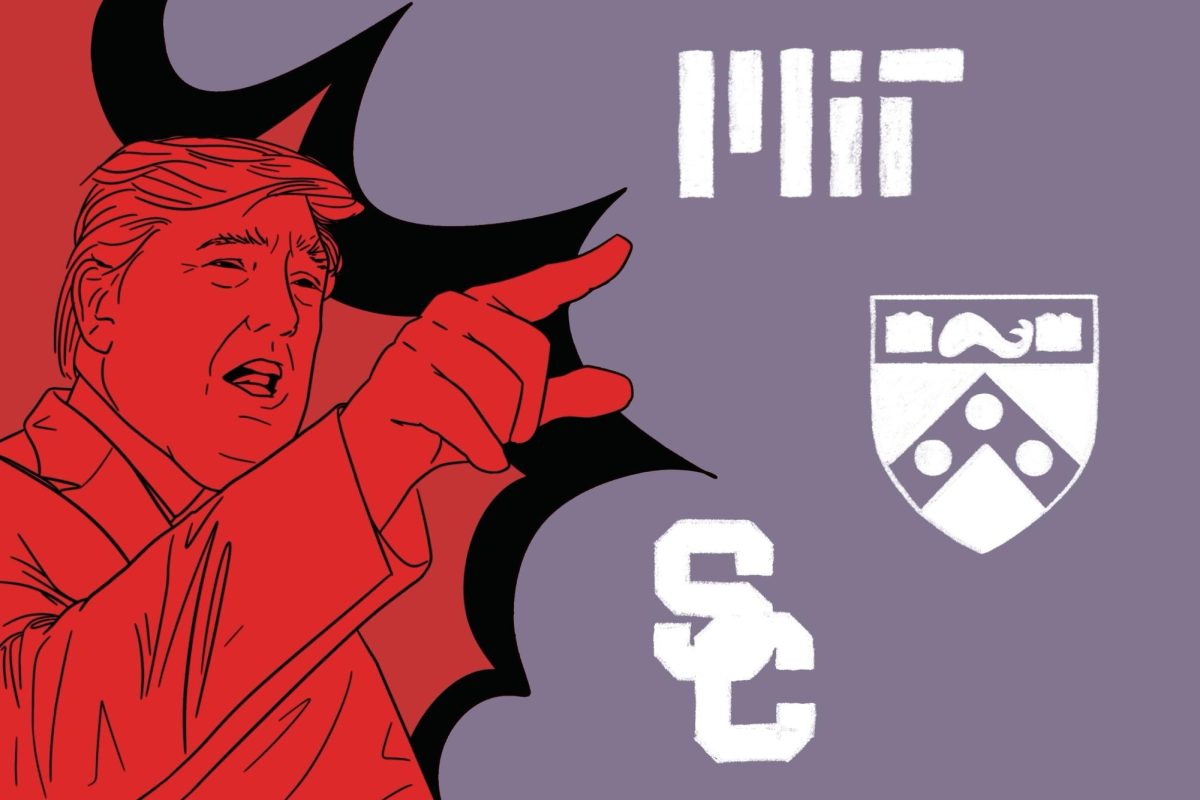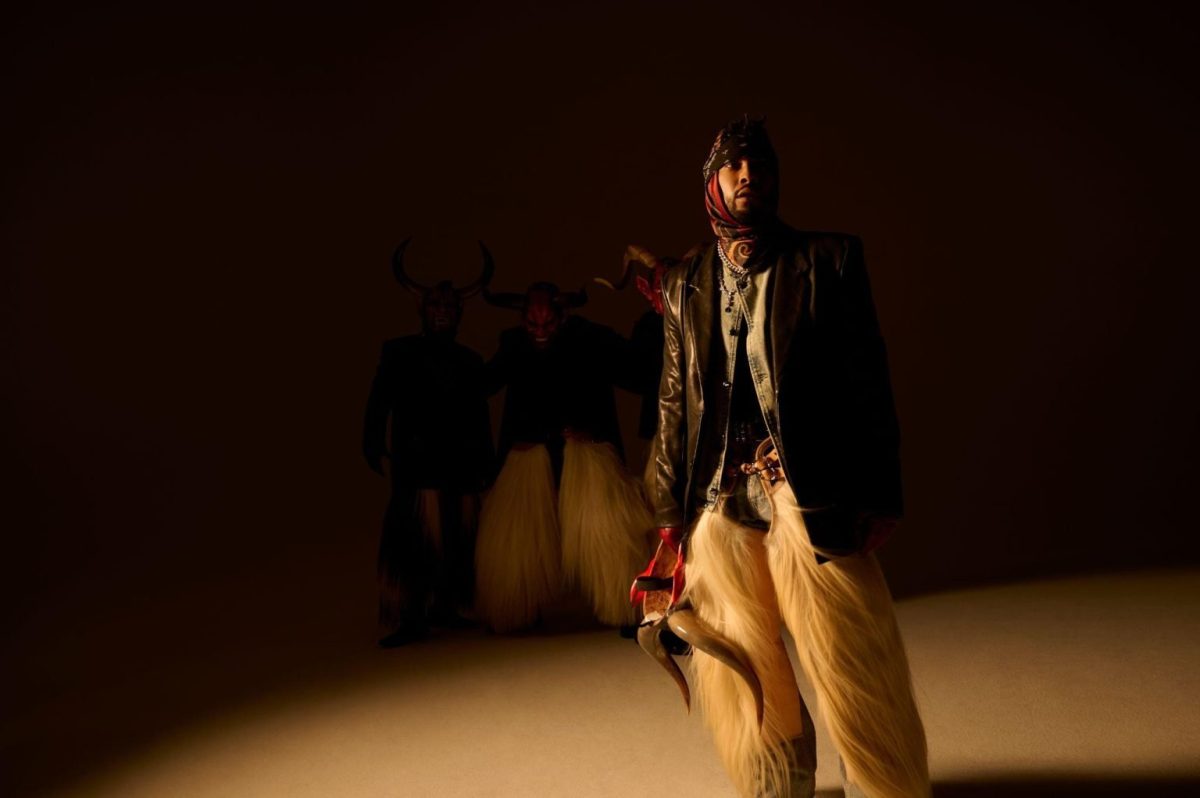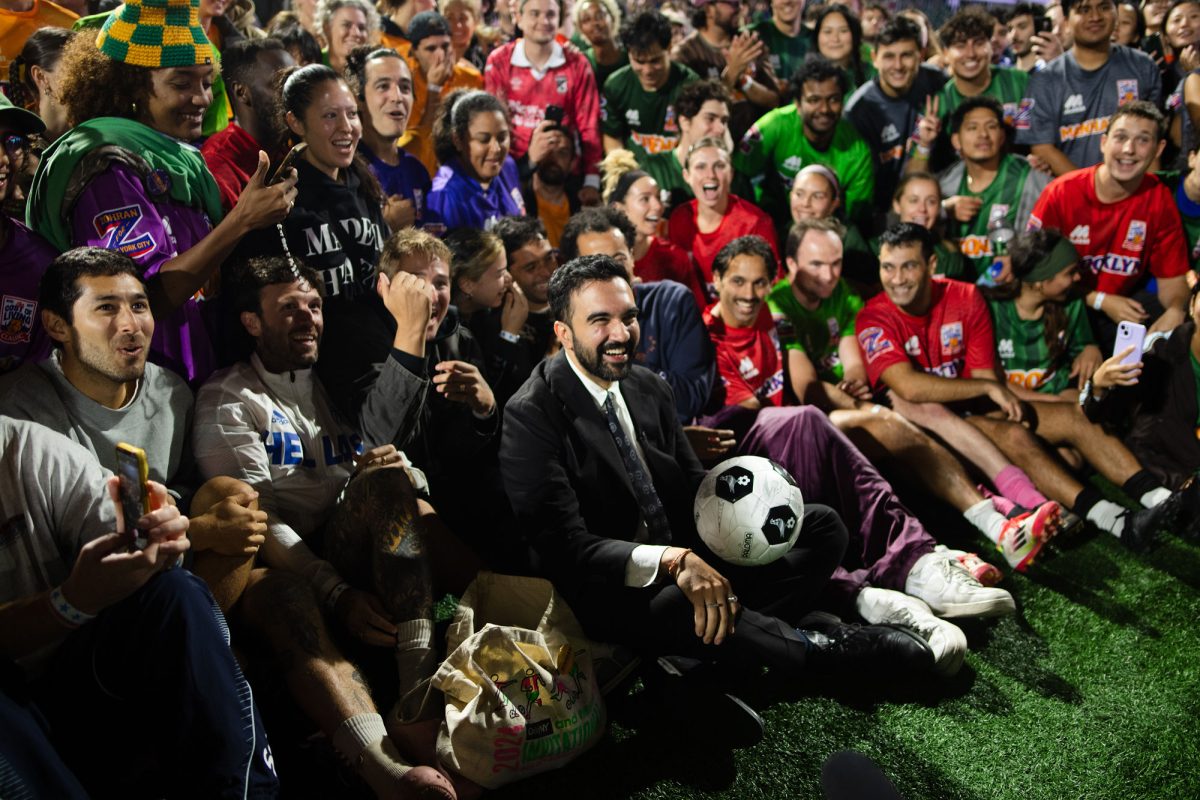The Difference Between Fake and Real News
January 23, 2018
“Fake News” is a term that we have seen frequently throughout this past year — so much so that we as citizens can feel lost when it comes to which news sources we should trust so we can learn about current affairs. It is no secret that social media platforms and search engines have subverted the way that we receive information; they often guide users towards sources that have a skewed bias toward one ideology or another. Furthermore, in this past year, some major news sources have produced content that appears to advance biased agendas rather than report objectively. However, it is imperative that we identify the differences between media and journalism and understand the value of authentic journalism, rather than allowing ourselves to lose trust in news sources all together.
On Jan. 17, President Donald Trump began his own awards program, the 2017 Fake News Awards. Trump released a list online — a disappointing deliverance given all of the hype and attention surrounding the event — of 11 instances in which various news outlets and reporters published incorrect statements. Though these reporters and news companies had already corrected their errors prior to the event, Trump still highlighted these instances of false reporting to prove a point: mainstream media and journalists cannot be trusted. However, this claim is dangerous because media and journalism are not one and the same. Where media has a stake in outcome by providing information in order to shape an audience and their views, journalism serves to inform the public by granting them access to the truth so that they can make informed decisions.
The 2018 Edelman Trust Barometer global report found that this year 71 to 74 percent of U.S. citizens are concerned about fake news being used as a weapon. As a result, many who seek information are unsure about what sources to trust, and 63 percent feel they do not know how to distinguish between accurate reporting and rumors. NYU journalism professor Jay Rosen recently tweeted an excerpt of a lecture he delivered 20 years ago that provides clear guideline for understanding which news stories to trust.
From a lecture I gave 25 years ago on distinguishing between journalism and the media. https://t.co/ZkvgpU5sWK pic.twitter.com/GE1XnG7Uys
— Jay Rosen (@jayrosen_nyu) January 22, 2018
To put Rosen’s words in context, I will apply this differentiation to Trump’s awards. Trump cited an instance where Dave Weigel, a reporter from the Washington Post, tweeted an image of an empty arena and claimed that only a few supporters showed up to a Trump rally. In reality, the rally was packed. The photo had been taken before the crowd had arrived. This would be considered media, seeing that it was reported on social media to gain a reaction from his audience without being fact checked. However, the Washington Post’s recent piece that investigating the presence of members of Russia’s elite with political ties at Trump’s inauguration cannot be considered media nor “fake news.” This is because while Trump disregarded all articles written surrounding Russian collusion as fake news, the article states its findings objectively and accurately, only providing the accounts of others. The article does not specify that this means that Trump colluded, and it only provided the public with information that they would otherwise not have access to.
In an age where media is the dominant source of communication, it is easy to get lost in false claims and inaccuracies. However, it is imperative that we look to journalism as a source of information because without access to information, we cannot have a stake in the outcome of our nation.
Opinions expressed on the editorial pages are not necessarily those of WSN, and our publication of opinions is not an endorsement of them.
Email Tyler Crews at [email protected].

























































































































































